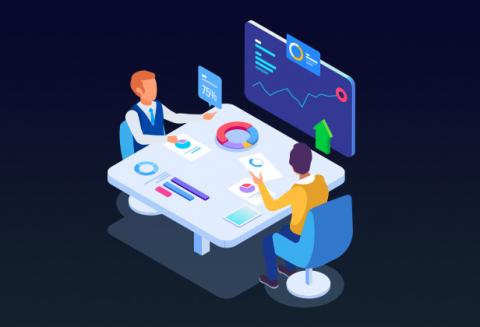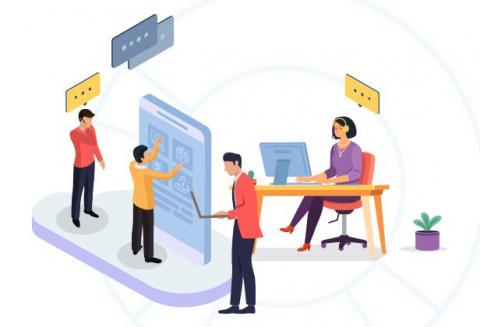ITIL Change Management : 7 Best Practices
Change is inevitable but never easy especially in IT. IT professionals can relate to this statement. When it comes to ITSM, solid change management is a sign of maturity. Why is that? Among the ITIL processes, change management is the most difficult to get right, because it requires the right mix of process, people, and technology. There’s a lot of grey areas when it comes to implementing change management.











